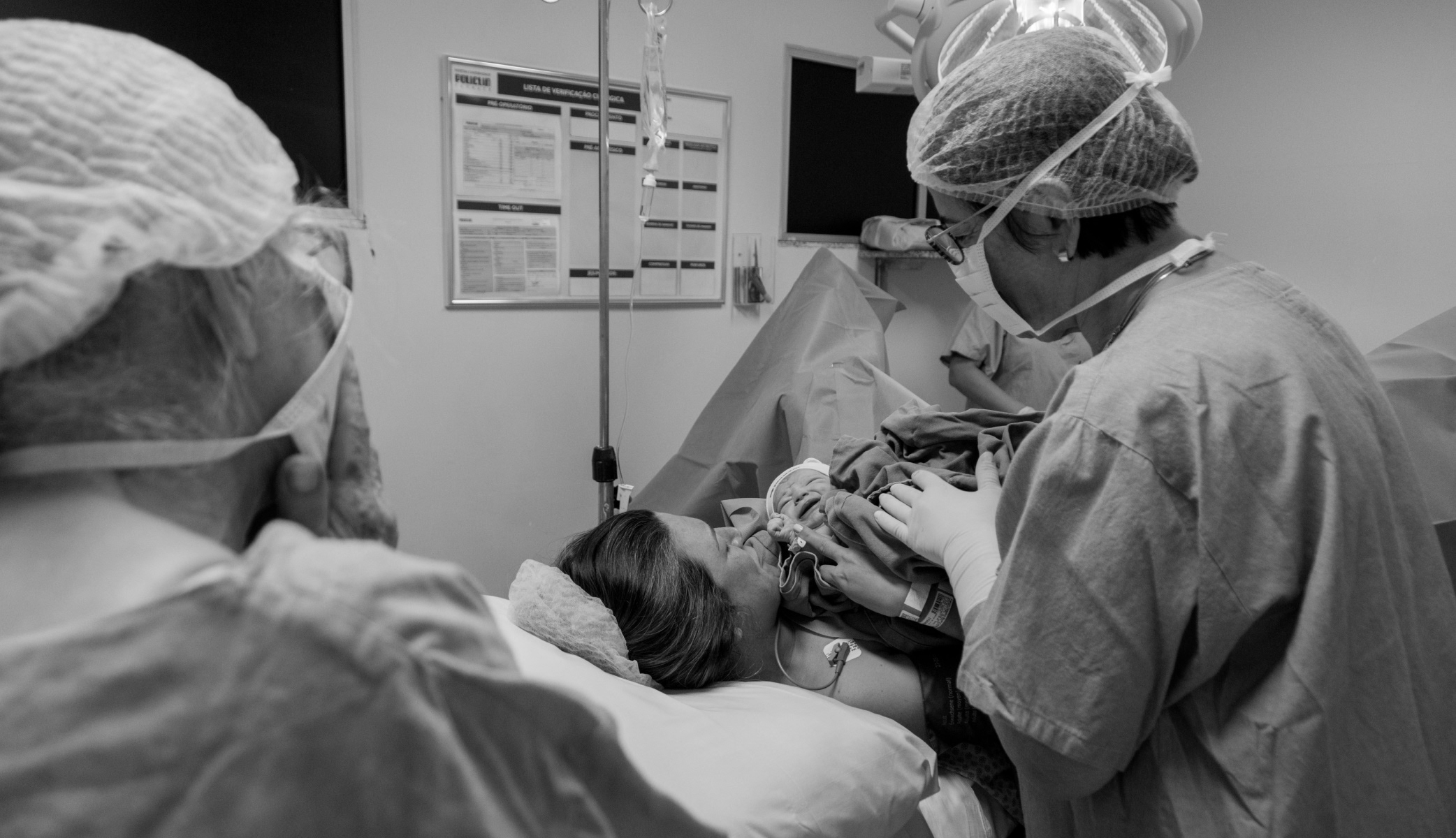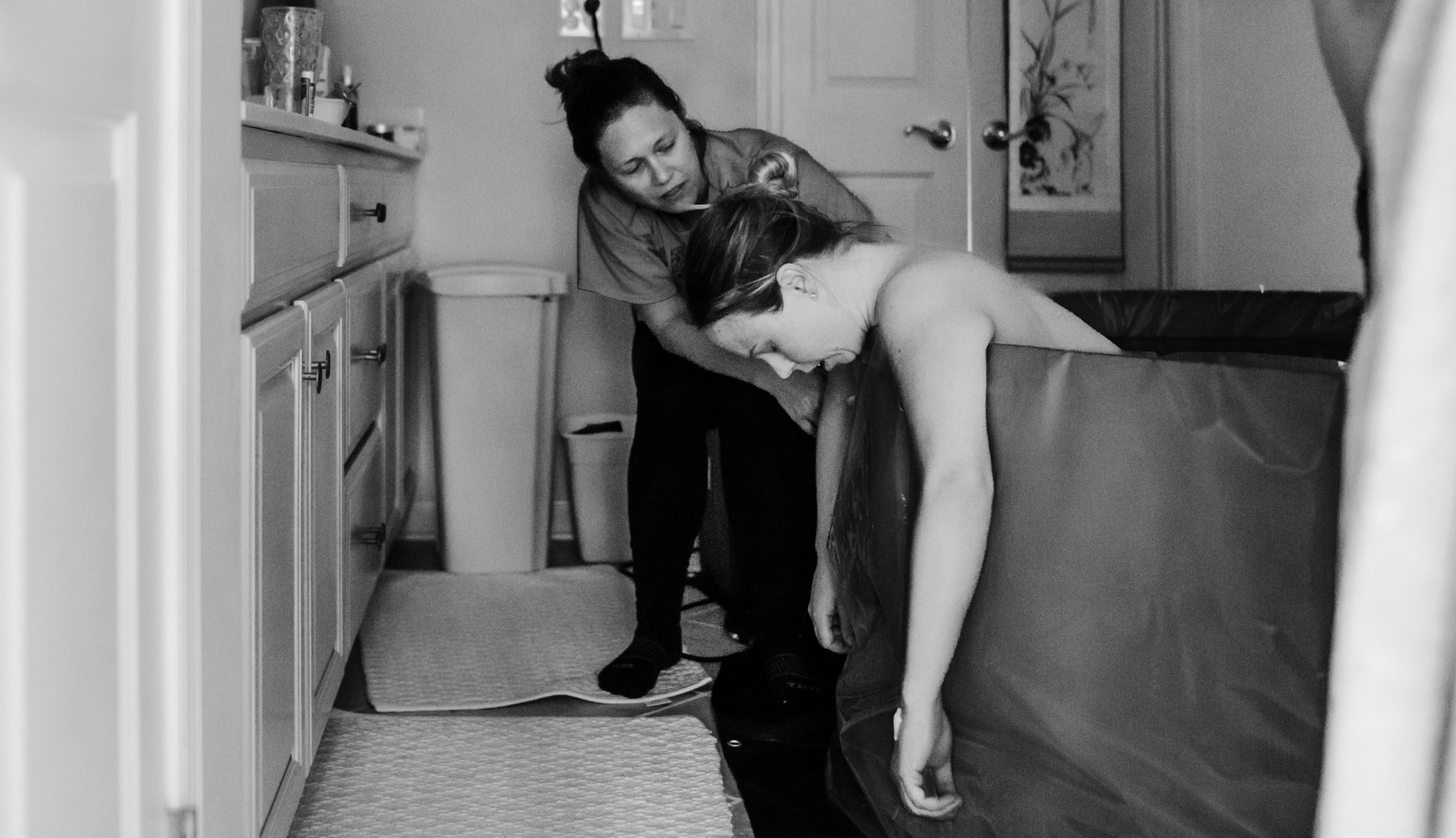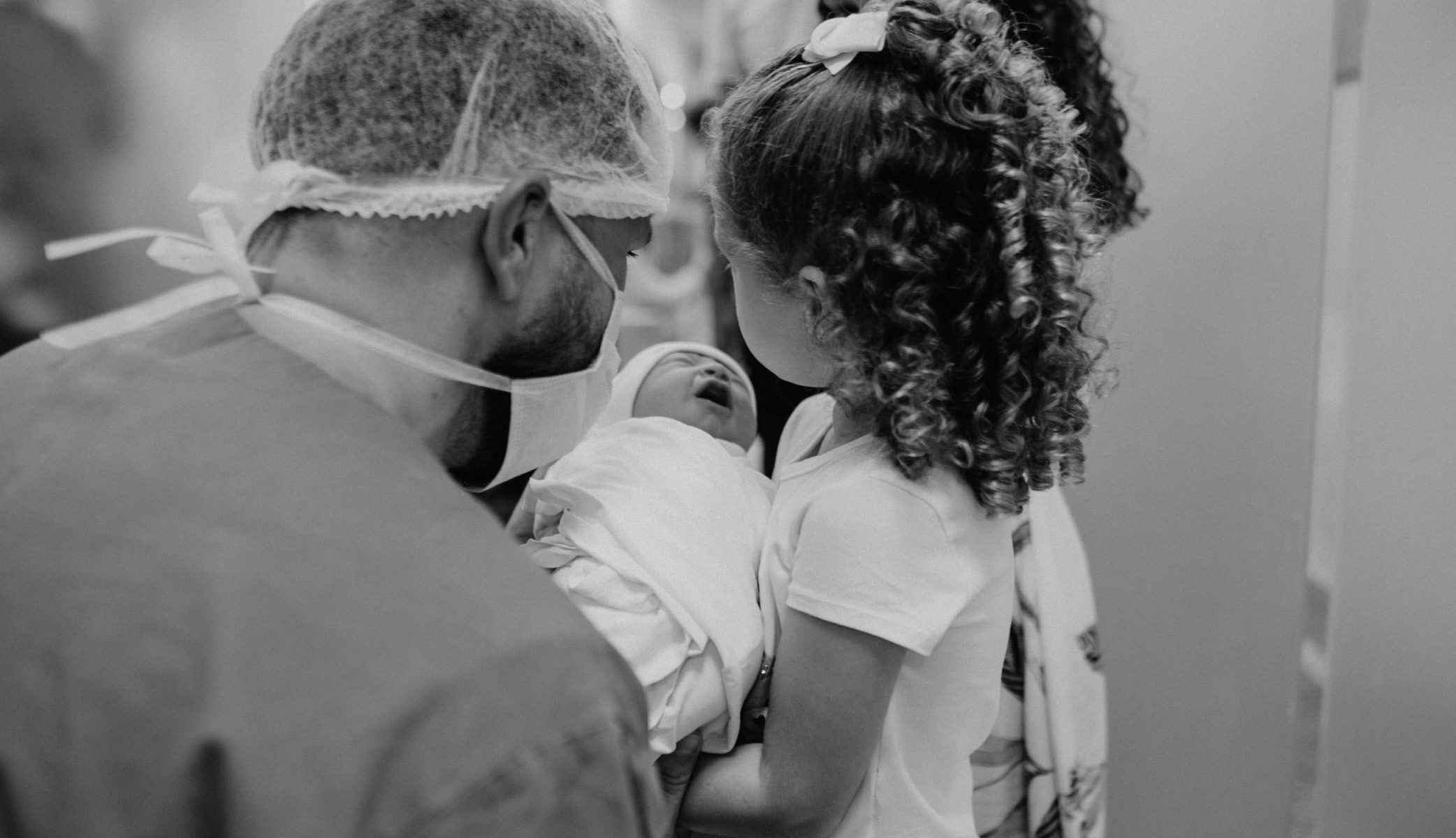2025-11-03
Blog
How language barriers in NHS maternity care put safety and trust at risk, and how digital translation tools can help bridge the gap.
Every birth story should begin with safety, trust, and understanding. Yet across the NHS, midwives and maternity teams face a daily challenge – supporting women who don’t speak English fluently.

During a recent session hosted by the Health Innovation Network, midwives, patient safety specialists, and innovation leads came together with Care to Translate to explore one of healthcare’s most underestimated challenges: language barriers.
Language barriers in maternity care can lead to misunderstood symptoms, delayed treatment, and loss of trust. They can even contribute to birth trauma when women feel unheard or out of control.
“You’re completely out of control when you’re in a hospital where they speak a foreign language. That’s part of the trauma.” NHS midwife
For many non-English-speaking patients, interpreter services are not always available, especially during labour, out-of-hours care, or emergencies.
As one midwife shared:
“You don’t have an interpreter for the whole of labour. You still need to ask: Are you hungry? Are you cold? Can I take your blood pressure?”

Those small moments – comfort checks, consent, reassurance – are where trust and safety are built. When they’re missing, both staff and patients struggle.
Care to Translate is a validated medical translation platform created specifically for healthcare. It bridges communication gaps instantly through:
Every phrase is human-validated by native speakers to ensure accuracy, sensitivity, and safety – whether used in triage, labour, or postnatal care.
Clare Gilliland, Deputy Chief Nursing & Midwifery Information Officer at an NHS Trust, implemented Care to Translate across five maternity and neonatal units:
“When a woman turns up at the door in pain or bleeding, I can’t make her wait for an interpreter. I need to communicate immediately, that’s where Care to Translate is essential.”
After rolling out dedicated tablets pre-loaded with the app, adoption surged:
“It’s changed how we work — we can connect with women straight away, not after an hour on hold.” Clare Gilliland, NHS

Generic apps often misinterpret clinical language, especially when describing pain or symptoms. Care to Translate includes validated pain scales and culturally sensitive phrasing, ensuring that patients can accurately describe their condition and staff can respond safely.
This precision supports both clinical accuracy and emotional safety, helping staff maintain empathy and patients regain confidence.
Communication in maternity care is not just medical, it’s deeply human. It’s the quiet conversation between contractions, the reassurance before a procedure, the moment a mother is heard.
By giving staff and patients a shared language, Care to Translate helps rebuild that human connection – ensuring that every woman, in every language, feels safe, respected, and understood.
Care to Translate is trusted by over 700 healthcare organisations globally, including NHS Trusts and regional health systems. Providing medically validated translations in 130+ languages. Book a demo to discover how validated translation can improve safety and patient experience in maternity care.